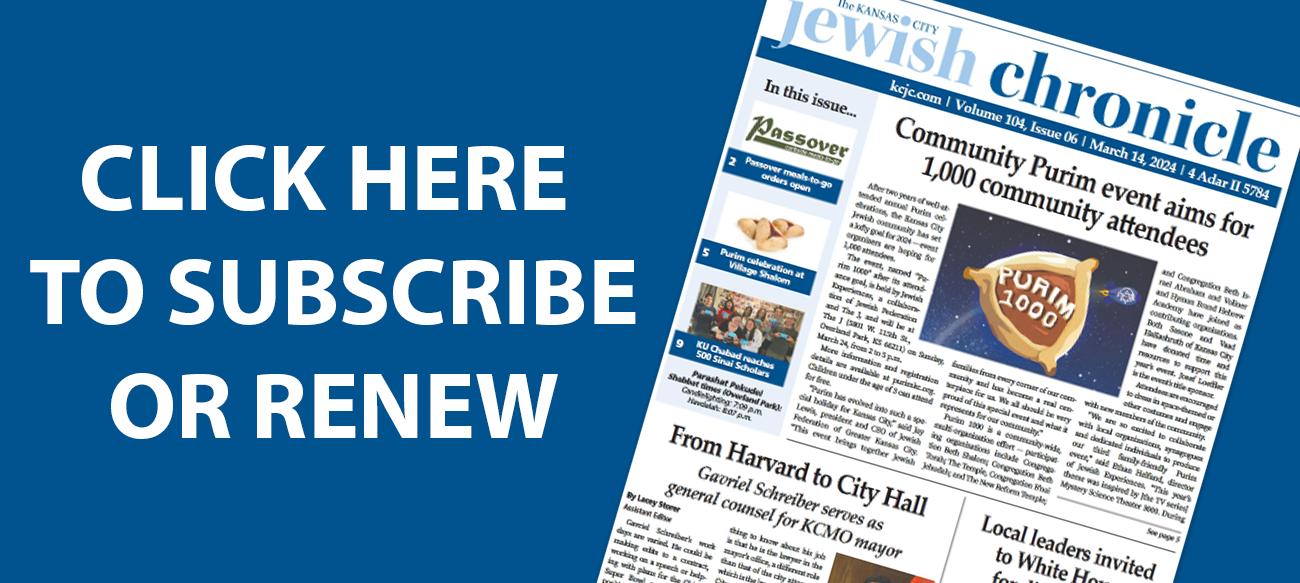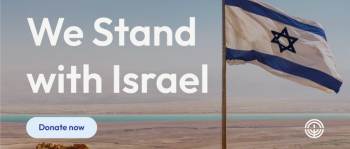Purim reminds us to struggle for a better, more equal society
“Perhaps this is the moment for which you have been created.”
(Esther 4:14)
Rabbi Abraham Joshua Heschel, one of the most influential rabbis of the 20th century, taught that the Jewish holidays ask us big questions that are of crucial importance to us as humans and as Jews. Sometimes we get so busy living the holiday that we may not take the time to dig deep and think about the questions the holiday is asking us to reflect on. Thus, as we celebrate each holiday, a good spiritual practice is to ask ourselves what that holiday has to impart to us this year.
It’s easy with Purim to feel that we have celebrated the holiday if we have heard Megillat (the scroll of) Esther and rejoiced at the Purim service. But is that enough? There are four mitzvot for Purim: hearing the Megillah, sending treats to friends (mishloach manot), giving gifts to the poor (matanot la’evyonim) and having a Purim feast (se’udat Purim). The Megillah itself tells us to do these things. I don’t think it is by accident that the majority of these have to do with creating or nurturing community.
One of the big questions that Purim asks us is “are we doing enough to support and help the people around us?” If Mordechai had not cared about the king enough to try to get a message to Esther, Ahasuerus would have died. And of course, it took great courage from Esther (she risks her life) to ask the king’s help to save our people. Purim teaches that activism is required if we are to survive and thrive in this topsy-turvy world.
We need our community if we are to flourish mentally, spiritually and physically, and we need to each be willing to help others if our world is to get better. So the mitzvot on this holiday encourage us to spend time with one another — to reach out to friends and to help those who are in need.
Recently, I heard Kevin Willmott, the co-writer of the movie “BlacKkKlansman,” speak. In speaking about the civil rights movement, he noted that “change only happens due to struggle.” We have to be willing to work hard if we want to see our society improve. The impetus for that forward movement, he pointed out, is usually that some group has been pushed to the side and decides to push back or speak out. We Jews know this story first hand. Purim and Passover remind us that we have been the disenfranchised. Sometimes we still are. But others also face tough battles that we must also care about.
One of the reasons I am a committed and proud Reform Jew is that, more than any other Jewish movement, ours has firmly and loudly espoused the belief that men and women and people of all nationalities and races are EQUALLY God’s children and EQUALLY deserving of respect and opportunities to succeed. We don’t just talk about this. We put money, advocacy, thought and whole Jewish careers into supporting rights for women, African Americans, immigrants, the LGBTQ community, etc.
When we hear the story of Esther we are reminded of the inner strength of women, the need to speak up for groups that are powerless, and the commitment we need to have to help both our Jewish community and the broader community. May we, as a Jewish community and individually, continue to be among those who speak out and work hard in the struggle for a better, more equal society.
Chag Purim Sameach!
Rabbi Debbie Stiel is the spiritual leader of Temple Beth Sholom in Topeka.



